Transitioning Into Summertime Skincare
If you’re wondering if your skin changes with the season, then the answer is a sound yes. As the seasons come and go, your skin can change in several aspects. Variations in humidity, temperature, wind, and sun exposure during different seasons can impact your skin. As a result, you may have drier skin in the winter and slightly oilier skin in the summer. Temperature and humidity fluctuations can damage your skin’s natural barrier, making it more sensitive and prone to problems like breakouts. To help you adjust your skincare routine effectively, here is a detailed explanation of how to transition into summertime skincare.
The Importance of Transitioning Skincare Routines with Changing Seasons
As the year unfolds, each season brings about unique weather conditions and environmental factors that can greatly impact our skin. Skincare is not a one-size-fits-all approach, and transitioning your skincare routines with the changing seasons allows you to adapt and optimize your skincare routine for optimal results. Here are a few importance of transitioning your skincare routines with changing seasons.
Climate-Driven Changes

Our skin reacts differently to various climatic conditions. Cold, dry winters can strip away moisture, leading to dehydration and flakiness. On the other hand, hot and humid summers may trigger excessive sebum production and clogged pores. Transitioning our skincare routines allows us to address these climate-driven changes proactively.
Hydration
In colder months, transitioning to richer, more emollient moisturizers help combat moisture loss and maintain a healthy skin barrier. Look for ingredients like hyaluronic acid and ceramides, which provide intense hydration and lock in moisture. As spring and summer arrive, lighter formulas with a higher water content become favorable, preventing pore congestion and allowing the skin to breathe.
Sun Protection
The intensity of UV radiation varies throughout the year, making sun protection a fundamental part of any skincare routine. During the sun-drenched summer months, transitioning to a higher SPF sunscreen with broad-spectrum protection is crucial to shield the skin from harmful UV rays. In contrast, a lower SPF may be sufficient during the cooler months when the sun’s strength is diminished.
Environmental Factors
Aside from climate, environmental factors such as pollution, pollen, and allergens can significantly impact our skin. Transitioning skincare routines can incorporate targeted products like antioxidant-rich serums to combat free radicals and pollution damage. Additionally, adapting our cleansing routines to include gentle exfoliation can help remove accumulated debris and rejuvenate the skin.
Individual Skin Needs
Our skin has unique characteristics and requirements that can change with the seasons. Transitioning skincare routines allows us to address these evolving needs. For instance, acne-prone individuals may experience fewer breakouts in humid conditions but may require oil-controlling products in the summer. Those with sensitive skin may need to switch to fragrance-free and soothing products during harsh weather conditions.
How to Transition into Summertime Skincare
Transitioning into summertime skin care involves adjusting your skincare routine to address your skin’s specific needs during the warmer months. Here are some tips to help you make a smooth transition:

Assess Your Current Skincare Routine
Check your present skincare routines and products. Find out which are more appropriate for colder climates and may require replacement or modification for the summer.
Lightweight Moisturizers
Replace thick moisturizers with light, oil-free, or gel-based alternatives. Look for ingredients that hydrate the skin without leaving it feeling oily or heavy, such as hyaluronic acid. This is because formulas like this help maintain moisture balance.
Sunscreen
Your summer skincare routine must include applying sunscreen. Use broad-spectrum sunscreen that has an SPF of 30 or higher. Apply it generously to your face, neck, hands, and other exposed body parts. Reapply at least once every two hours or more if you are swimming or sweating.
Cleansing
Change your cleansing routine to remove extra oil, sweat, and pollutants without over-drying your skin. Consider using a mild foamy cleanser that removes dirt and oil while preserving the skin’s natural moisture balance.
Exfoliation
Exfoliation provides a clearer complexion by removing dead skin cells. To avoid over-stripping the skin in the summertime, use moderate exfoliation treatments. Chemical exfoliants that contain AHAs (such as glycolic acid or lactic acid) or BHAs (such as salicylic acid) can improve skin texture without causing irritation. Using a selective exfoliant such as enzymes (that only take away the dirt and dead skin cells) can provide an extremely gentle way to exfoliate. To keep your skin glowing, exfoliate once or twice a week.

Oil Control
To prevent excess oil during the day, use oil-free or mattifying primers or lightweight powders.
Check out Bee Naturals best selling Oil-Free Moisturizer Facial Serum
Stay Hydrated
Remember to stay hydrated throughout the day by drinking lots of water. For the well-being of your body as a whole and the health of your skin, internal hydration is just as necessary.
Hydrating Mists

Using a hydrating mist on your face may help cool and moisturize your skin while offering an added feeling of freshness.
Do's and Don'ts of Transitioning Skincare Routines
If you want healthy skin free of burns and irritations during summer, here are a few dos and don’ts to note.
Do
Assess Your Skin
Pay close attention to any particular issues or changes you may have. This will enable you to care for your skin as you want during summer.
Research and Educate Yourself
Learn about your skin’s specific needs during different seasons and understand how environmental factors affect it. This knowledge will help you make informed decisions when transitioning your skincare routine.
Introduce New Products Gradually
When adding new products to your routine, be sure to do so. Before adding more, introduce one new product at a time and watch how your skin responds. You can discover any potential allergies or sensitivities with this method.
Perform Patch Tests
Before using new products on your full face, test them out on the part of your skin. This aids in identifying any allergies or unpleasant reactions.
Use Sun Protection
Sunscreen is a key part of your skincare routine, regardless of the time of year. Apply broad-spectrum sunscreen daily with a high SPF to save your skin from UV ray damage.
Adjust Moisturization Levels
Transition your moisturizer based on the season. In colder months, opt for richer, more hydrating formulas, while in warmer months, switch to lighter, oil-free, or gel-based moisturizers to prevent excessive oiliness.
Listen to your Skin
While transitioning to a new season, always pay attention to how your skin reacts to routine adjustments. Adjust your regimen if you experience any redness, irritation, or pain. Frequently, your skin will convey to you what it needs.
Use Cleansing oil
Cleansing oil will help dissolve and remove sunscreen effectively, along with the sweat and sebum that accumulate on the skin throughout the day. One very effective product you can use is the Bee Naturals Cleansing Oil. It has a lightweight formulation and works for both normal and oily skin. Additionally, it can be used as a pre-cleanse, as well as for thorough cleansing. It is also a perfect makeup removal.
Prioritize hydrating and lightweight formulations
Use mild moisturizers and hydrating serums to provide the skin with the necessary moisture without making it feel greasy or heavy.
Use a light exfoliation to remove dead skin cells
If you want a clear complexion and easy ways to eliminate buildup without irritating the skin, use a gentle exfoliator. This may include chemical exfoliants containing AHAs or BHAs, or an enzyme exfoliant.
Take enough water
It’s easy to get easily dehydrated during summer; as such, it is necessary to take enough water as it also has a huge effect on your skin and overall health.
Don't
Don't Make Abrupt Changes
Avoid sudden, drastic changes to your skincare routine. Abruptly switching products or routines can disrupt your skin’s balance and potentially lead to irritation or breakouts.
Don't Over-Exfoliate
Exfoliation is beneficial, but overdoing it can damage your skin’s barrier and cause irritation. It is recommended that you stick to a particular frequency and choose gentle exfoliants suitable for your skin type.
Don't Skip Moisturizer
Even if your skin feels oilier in the summer, don’t skip moisturizer altogether. Instead, invest in lightweight, oil-free formulations that provide hydration without clogging pores.
Don't Neglect Sun Protection
Although the sun can cause more harm to your skin during summer, regardless of the season, never neglect sun protection. UV rays can still damage your skin, even on cloudy or cooler days.
Don't Change the Consistency
Maintaining healthy, clear skin requires time. As a result, consistency is essential when it comes to skincare. Maintain your routine and give your skin time to acclimate before expecting noticeable improvements.
Don't Use Harsh Cleansers
Avoid using harsh cleansers if you care about your skin and desire healthy skin, especially during the summer. This can remove the natural oils from your skin. Instead, use gentle cleansers that remove debris and oil without leaving skin dry or irritated.
Don't Excessively Touch Your Face
Avoid touching your face excessively, especially with dirty hands. This aids in preventing the transmission of dirt, bacteria, and oils that can cause outbreaks. Similarly, do not allow someone to touch your face.
Conclusion
Just like you’ve been working towards a summer body, if you want glowy summer skin, then it’s important you transition into summer skincare. This can be done by following the dos and don’ts above, like incorporating sunscreen with a high SPF, lightweight and oil-free moisturizers, gentle exfoliation, and much more. With the right approach, your skin will be ready to embrace the joys of summertime while maintaining its health and vitality. You can also consult a dermatologist for a more personalized routine or advice.
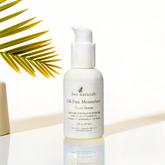

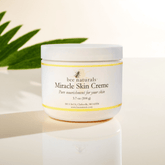

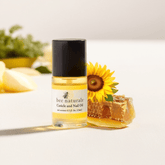

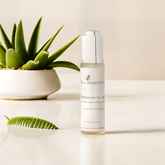



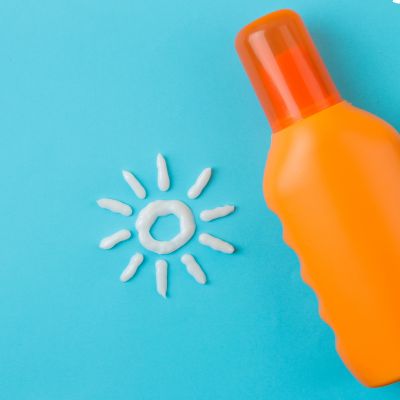
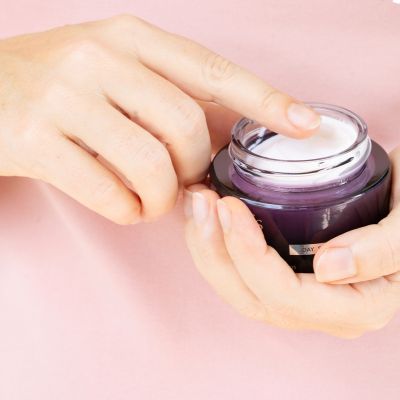
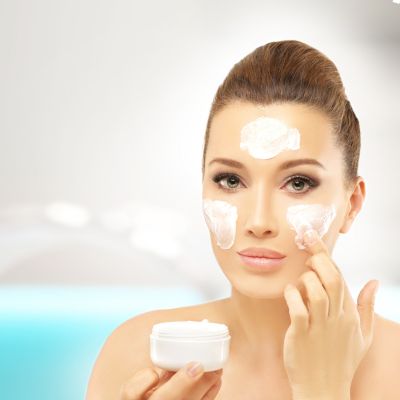
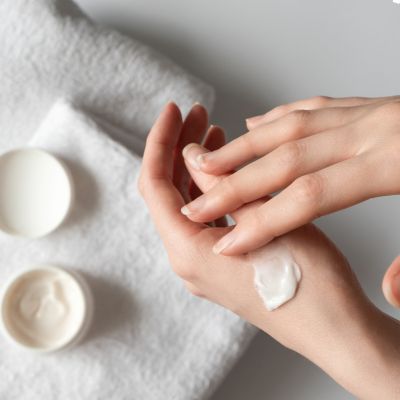
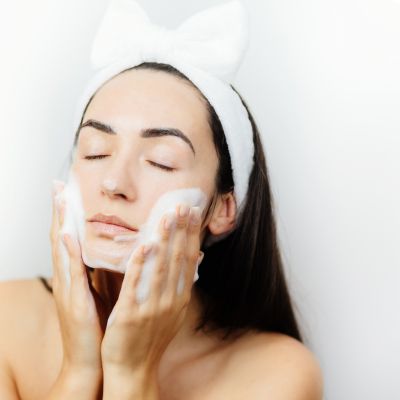
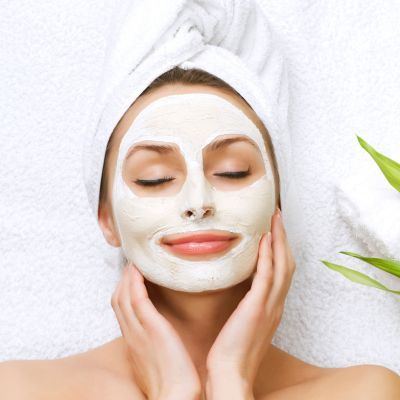
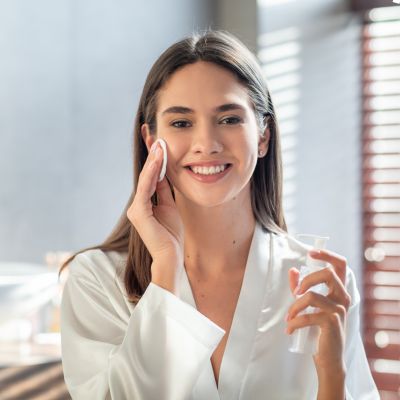
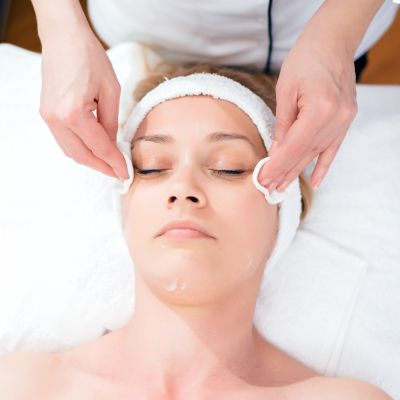
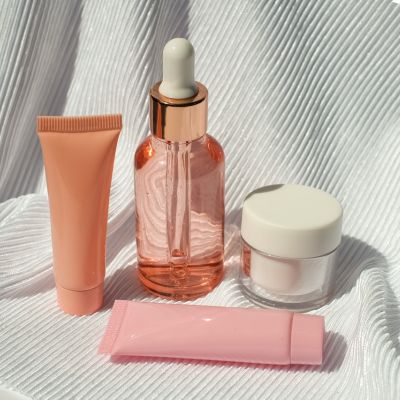
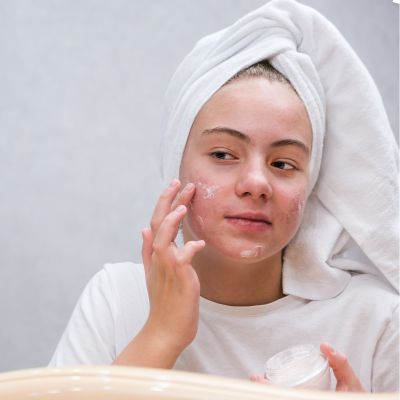

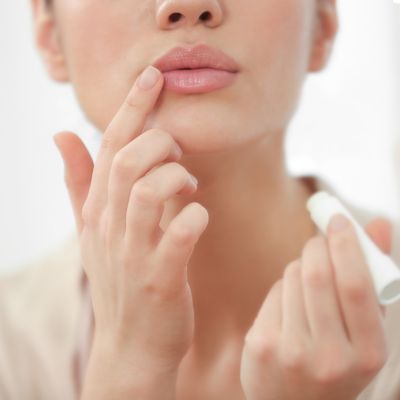
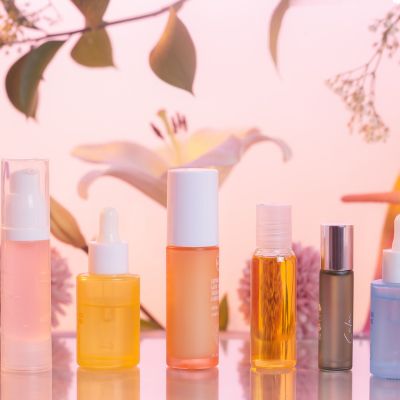




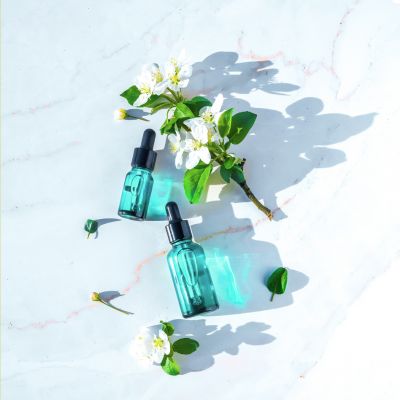

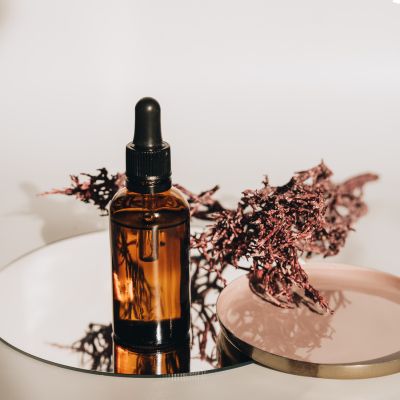
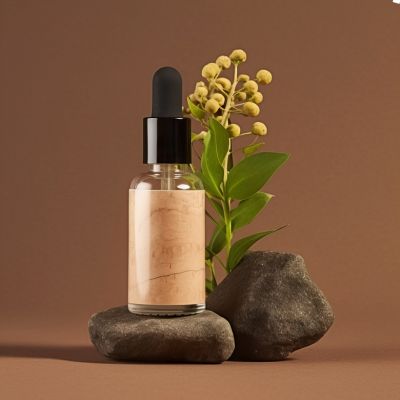
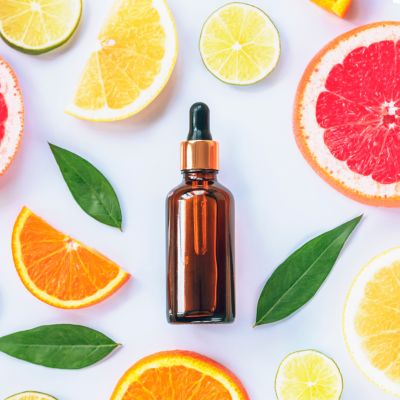
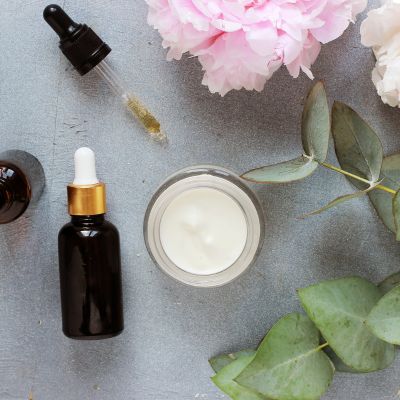
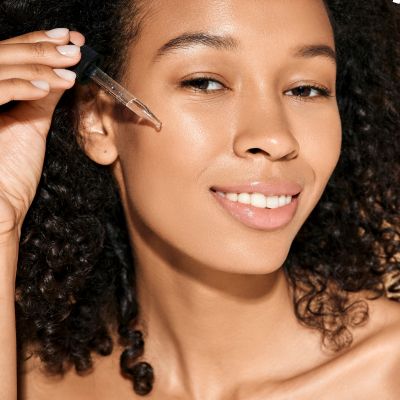
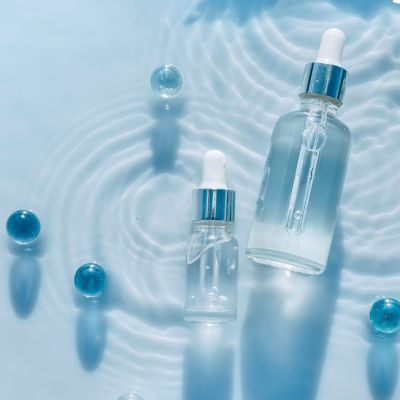
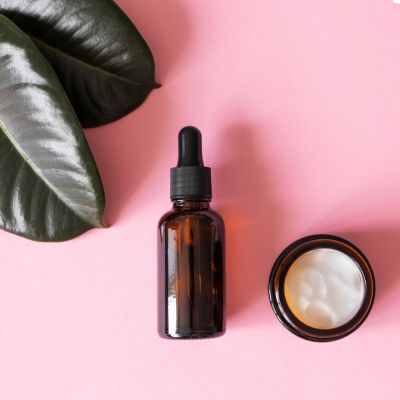
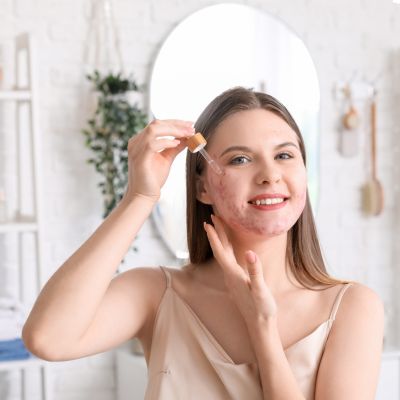
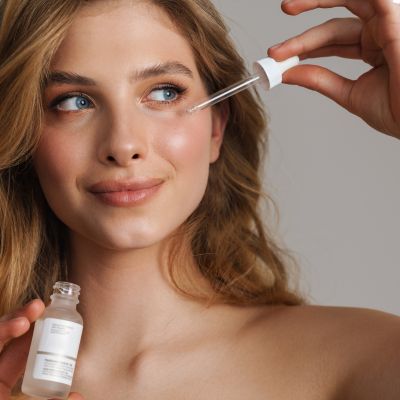
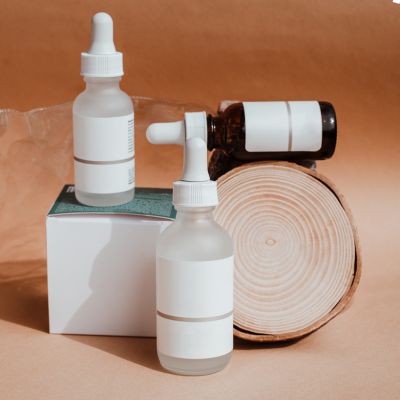



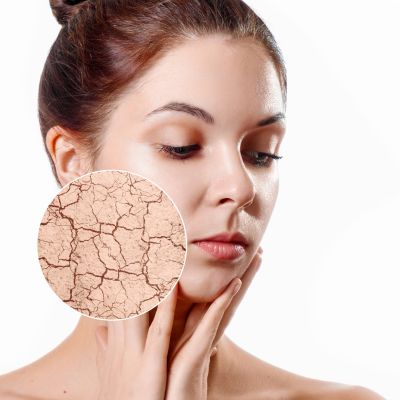



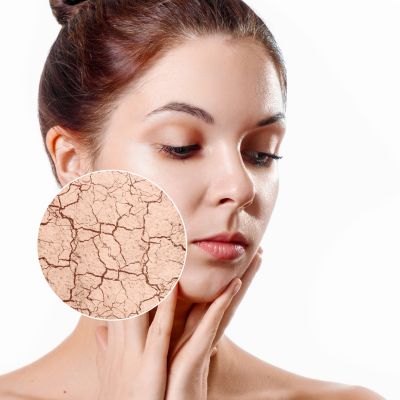





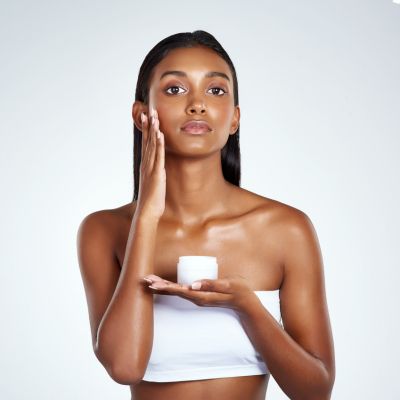
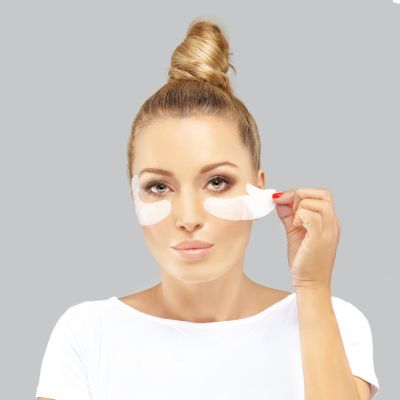


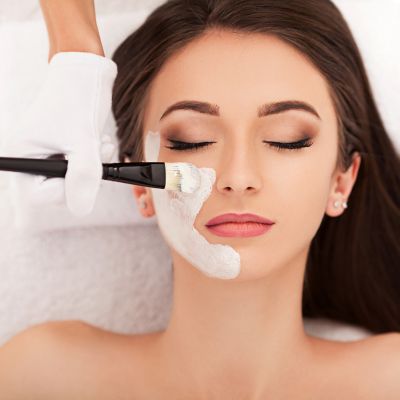
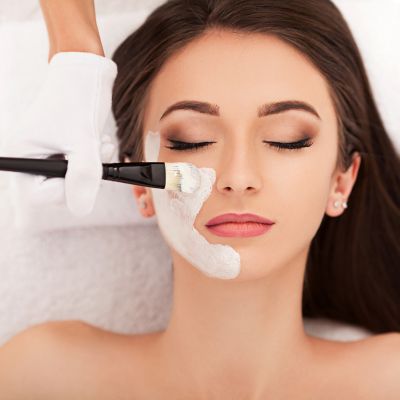
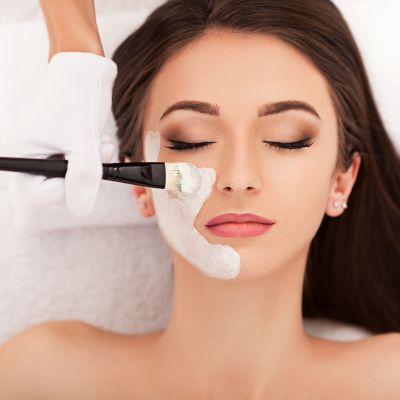
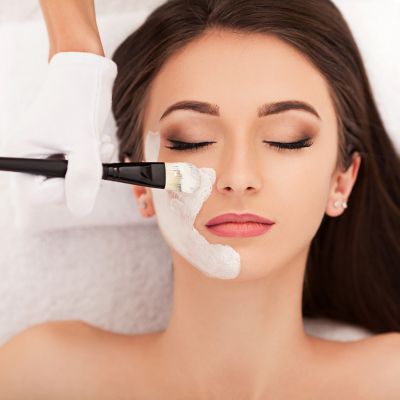
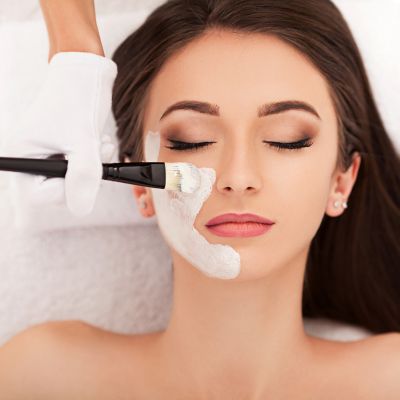
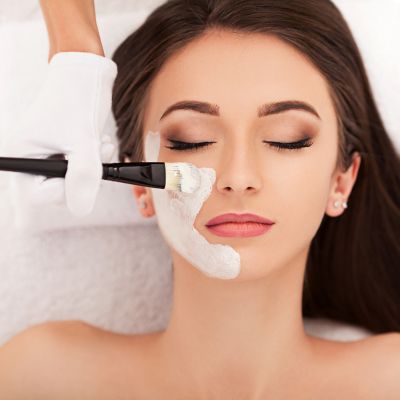
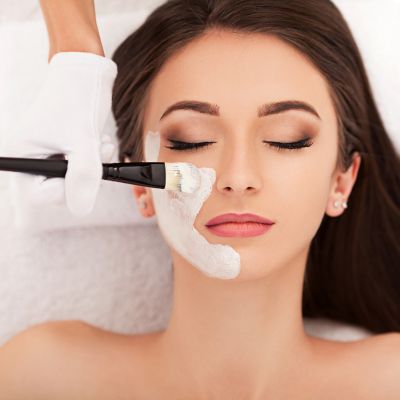
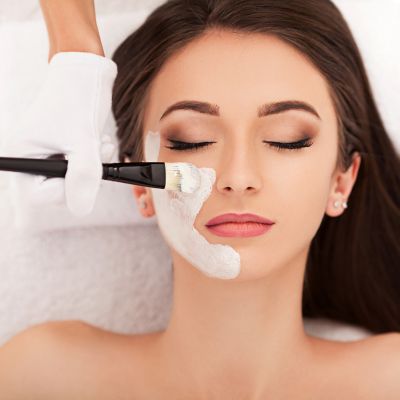
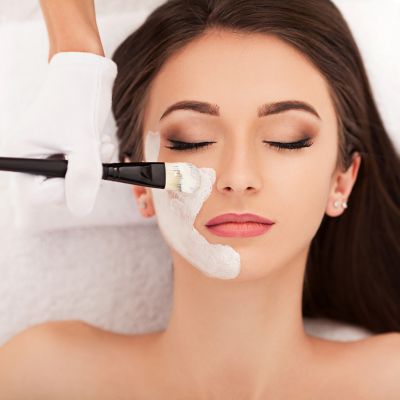
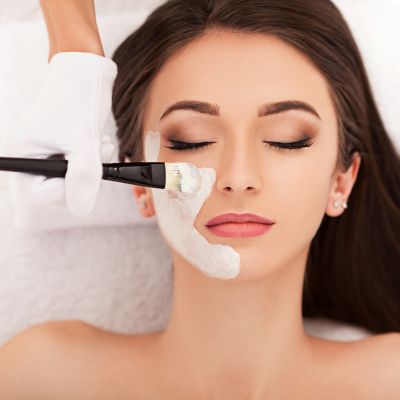
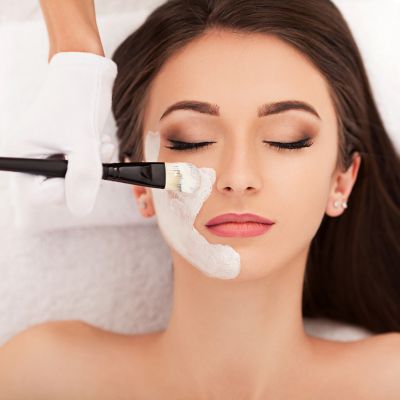
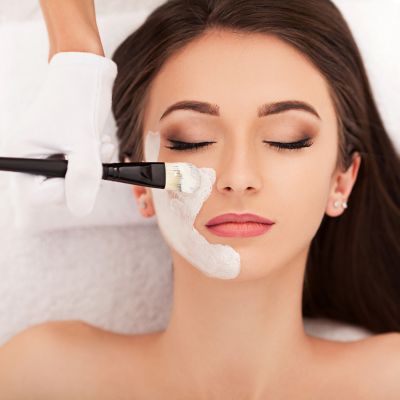
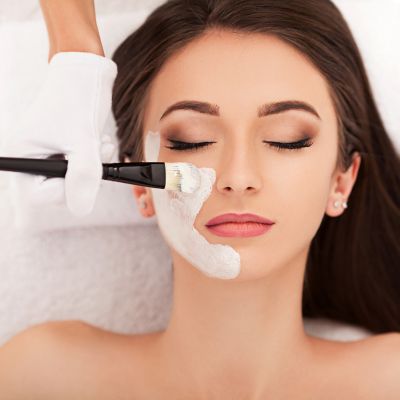
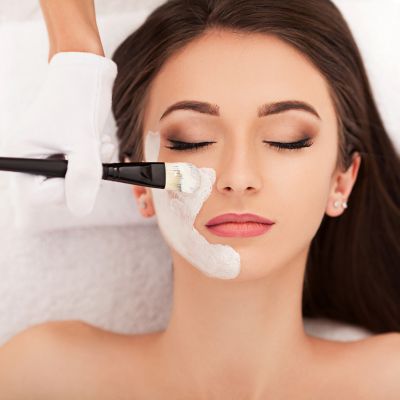
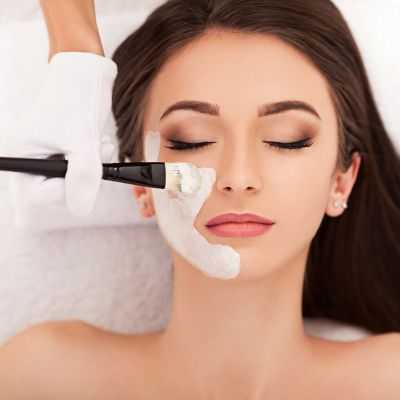



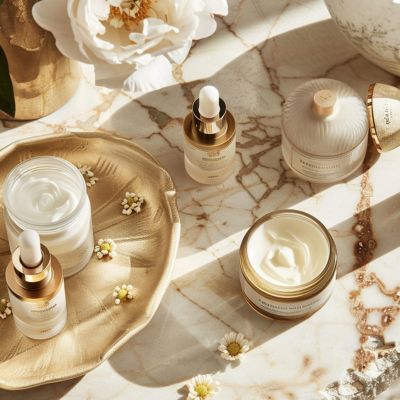
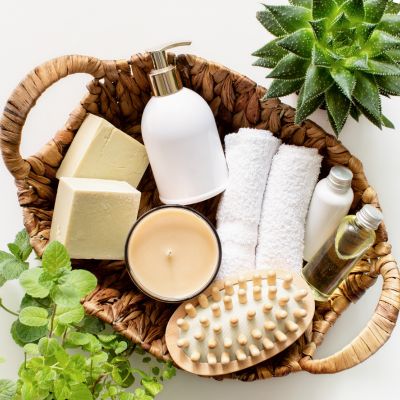

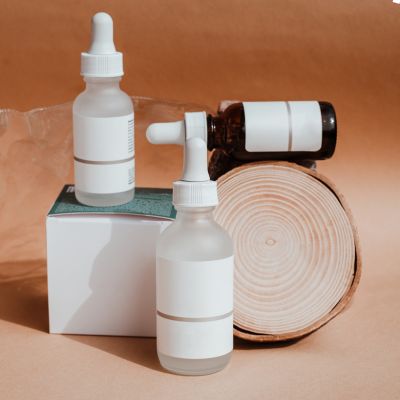
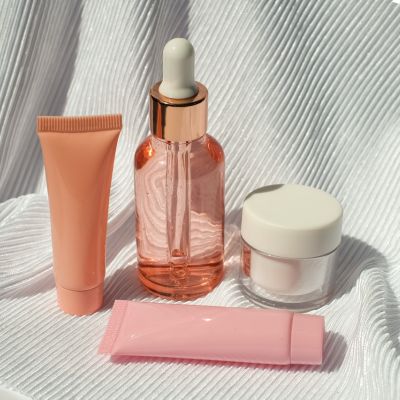


Leave a comment
Please note, comments need to be approved before they are published.